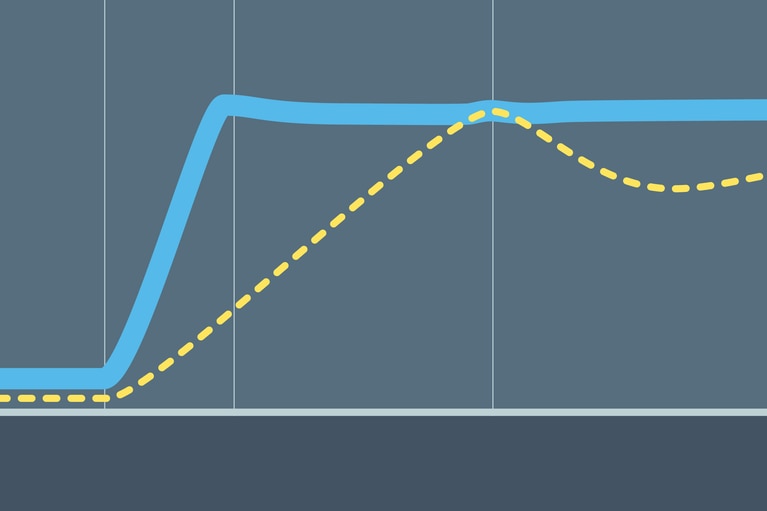
Bidirectional power and transient speed enable scalable active suspension
Sine Amplitude Converter™ modules offer a unique combination of bidirectionality and transient response to unlock new possibilities for active suspension
Dear vicorpower.com users:
In an effort to improve the Vicor website, we will be conducting maintenance on the site Dec. 29th between 11:30 am and 2pm am EST.
Certain parts of the site may not be available during this time, specifically product pages and family matrices.
We apologize for any inconvenience and thank you for your patience.
– Vicor Web Team
Automotive OEMs are setting aggressive goals to electrify their vehicle fleets over the next 5-10 years. To do that, they need to overcome hurdles, not the least of which is how to deliver nearly 20 times the electric power compared to existing internal combustion engine (ICE) vehicles without taking up valuable package space and adding costly weight. They need to ensure that every EV is compatible with DC fast charging stations along the highway to eliminate range anxiety. And they need to show consumers that EVs have all the comfort, safety, and performance of ICE vehicles. Vicor is partnering with OEMs and Tier 1 suppliers to help them overcome these hurdles using innovative modular power delivery networks (PDNs). Go to Vicor automotive solutions
Bidirectional power and transient speed enable scalable active suspension
Sine Amplitude Converter™ modules offer a unique combination of bidirectionality and transient response to unlock new possibilities for active suspension
Delivering improved peak power and dynamic transient response to unlock lighter, more powerful EV architectures
With each passing year, electric vehicles (EVs) on the market are becoming increasingly reliant such as steer-by-wire, brake-by-wire and active suspension.
Accelerate your move to a high performance 48V power delivery network
This eBook provides guidance on designing 48V power delivery networks to enhance the performance, efficiency, and reliability of industrial products
Innovating power delivery networks
Vicor is innovating with power delivery networks. Improving end-system performance requires innovative power technologies


